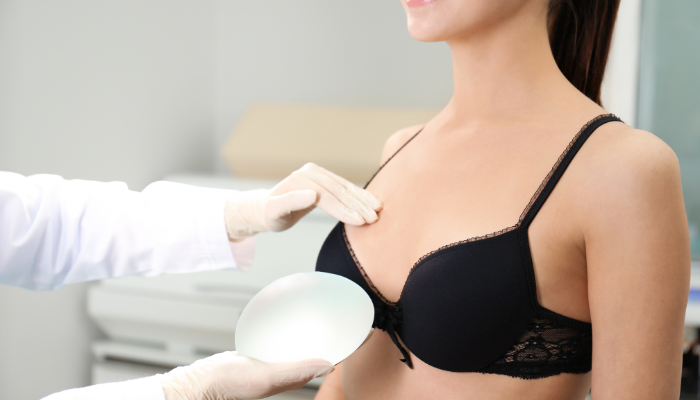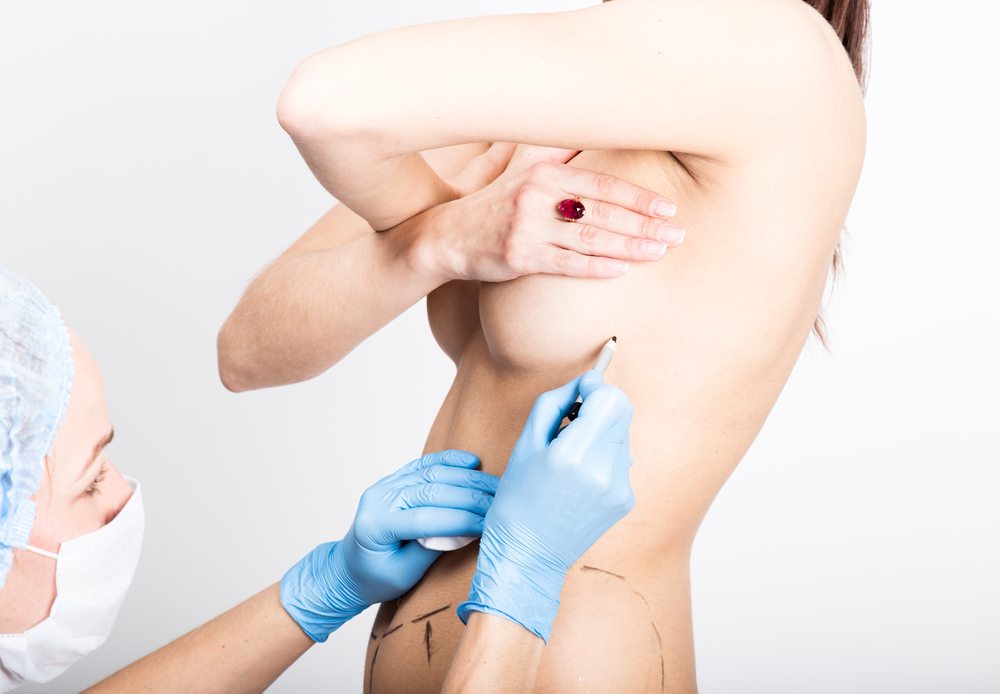
A breast lift, also known as mastopexy, is a surgical procedure designed to elevate and reshape the breasts. It addresses sagging or drooping breasts that may occur due to various factors such as aging, pregnancy, weight fluctuations, and genetics. While the procedure can significantly improve the appearance of the breasts, it’s essential to understand the relationship between a Breast Lift Dubai and physical activity, especially exercise. This guide explores the impact of exercise before and after breast lift surgery and provides important insights to help you make informed decisions.
Preparing for a Breast Lift Surgery
Before opting for a breast lift, it is crucial to ensure your body is in the best possible shape for the procedure. A healthy, active lifestyle can play a role in ensuring better outcomes.
Importance of a Healthy Lifestyle
Maintaining a healthy weight and engaging in regular physical activity can help achieve optimal results. For instance, a balanced exercise regimen can help you develop the muscle tone that supports your breast tissue, making recovery smoother after surgery. Although a breast lift is not about weight loss, staying fit and active ensures that your body can handle the procedure and recover more effectively.
Communicating with Your Surgeon
Before undergoing surgery, it is essential to have an in-depth conversation with your surgeon about your physical activity levels. Surgeons will typically recommend refraining from vigorous exercise for a few weeks leading up to the surgery. This break from exercise allows your body to be in its best condition, reducing any unnecessary strain or injury risk. Your surgeon may also provide specific guidelines tailored to your individual situation, ensuring that you are fully prepared for the procedure.
Post-Surgery Exercise Guidelines
Following breast lift surgery, your body requires time to heal, and this includes taking a break from strenuous physical activity. During the recovery period, it is crucial to avoid high-impact exercises to protect the delicate tissue and ensure proper healing.
First Few Weeks After Surgery
For the first few weeks after surgery, your primary focus should be on rest and recovery. During this phase, the body begins to heal and settle into its new shape. It’s essential to avoid exercises that could increase blood flow to the chest area or cause excessive movement of the breasts. Activities like running, weight lifting, or aerobics should be avoided to prevent any strain or risk of complications.
The first 2-3 weeks of rest are also an opportunity to allow the incisions to heal, and any swelling to subside. Wearing a supportive surgical bra during this period helps provide the necessary compression to aid in the healing process and support the breasts as they heal.
Gradual Return to Exercise
After the initial healing phase, which generally lasts around 4-6 weeks, you may be cleared by your surgeon to gradually resume light activities. Low-impact exercises like walking or gentle stretching can be a good way to start rebuilding strength and mobility without putting undue pressure on the breasts. Listening to your body and following your surgeon’s instructions is essential to ensure that the healing process continues smoothly.
Incorporating Strength Training
When you get the green light to increase physical activity, you can begin incorporating strength training exercises, but only with caution. Focus on lower-body exercises and avoid anything that directly involves the chest muscles initially. It’s essential to give your body ample time to adjust to the changes following the breast lift surgery. Exercises that target the legs, arms, and core are excellent choices during the early stages of post-surgery recovery.
Once you are fully recovered and have received approval from your surgeon, you can slowly incorporate upper-body exercises, including chest presses or push-ups, into your workout routine. However, be sure to avoid over-exerting the area, as it may take time for the breasts to settle completely into their new position.
Long-Term Considerations for Exercise After a Breast Lift
Even after fully recovering from surgery, there are a few long-term considerations to keep in mind when it comes to exercise. Maintaining a balanced workout routine is key to ensuring that your results last while promoting overall health.
Consistency in Physical Activity
Continuing with a regular exercise routine is vital for your overall well-being. While exercise may not directly impact the longevity of your breast lift results, staying fit can help maintain the appearance of your breasts over time. Stronger muscles in the chest and upper body can provide additional support, which can help prevent any sagging in the future. Consistent physical activity also helps regulate weight, which can impact the shape of your body.
Listening to Your Body
Post-surgery, it’s important to continue listening to your body’s signals. If you feel discomfort or strain in the chest area, it may be wise to scale back the intensity of your exercise or consult your surgeon. Everyone’s recovery timeline can differ, so it’s important to approach post-surgery physical activity cautiously and gradually increase intensity based on how your body responds.

Strengthening the Core and Lower Body
Since high-impact exercises for the chest area may take time to fully incorporate, focusing on strengthening your lower body and core is an excellent way to keep your body active while avoiding strain on the chest. Squats, lunges, and abdominal exercises can help maintain fitness without compromising your breast lift results.
Conclusion
Exercise and a Breast Lift in Dubai can go hand in hand, but timing and approach are essential. By following your surgeon’s guidance and taking a gradual approach to physical activity, you can ensure that your body heals properly and that you enjoy the long-term benefits of a breast lift. Maintaining a healthy lifestyle and exercising regularly, once cleared by your surgeon, can help support your breast’s appearance and overall body fitness for years to come. Remember that healing is a process, and patience during recovery will provide the best long-term results.